BLOG
|
This dress ended up being a much larger project than it ever was supposed to be. I started designing it a year ago, when I made my red bustle dress. The plan was to make 3 different bustle dresses, each with some modern details. The red one was inspired by Alice in Wonderland, and ended up looking quite Russian (thanks to the blizzard that we did the photo shoot in). This second one was inspired by Long Susan in the BBC series, Ripper Street. I am perfectly aware that the costumes in Ripper Street aren't historically accurate, but I have loved the jewel tones and black lace in them right from the beginning. In my 2018 year in review post, I mentioned that I had started a second bustle dress and it was a goal of mine to finish it this year. Well, I did finally finish it! The poor outfit sat on my To Do list for an entire year, and I had to drag it to university with me, but I finally got the motivation to put together the bodice and hem the skirt this month. This dress had a completely different plan for it before I started draping it last year. When I first came up with the collection, this was going to be called the Bug Dress, and it was going to have flowers and bugs on the bustle, which is why I chose the teal and emerald fabrics. I didn't want it to be too obvious, just small details that you would notice if you looked closely. However, once I actually got the fabric and had draped the skirt, I played around with placement and found that I liked the dress plain more. That is when it started to be the Long Susan dress. She often wears jewel tones, and her wardrobe was a huge inspiration for this collection (if you check out my pinterest board for this collection, there are quite a few pictures of her). Long Susan is a proprietress of brothel, which made me think of the most common dark side of the Victorian era- prostitution. This wasn't just a Victorian thing, its been a part of life since the dawn of civilization. What the biggest issue with prostitution (specifically in that era) is the treatment of the people in the field, and also the danger of it. There were the obvious dangers (syphilis and other diseases), but there was also the issue of harassment. Harassment came from the police, men who visited them, people who did not agree with their trade (wives of devoted customers, or people who had different morals). When it comes to the 1880s, there is also Jack the Ripper. Everyone has heard many stories (maybe from Buzzfeed Unsolved, or from books, etc), but when it comes to what actually happened it is difficult to get details that have not been sensationalized. There is also the issue of a very corrupt police force. The police force didn't start until 1829 when Englands Prime Minister Robert Peel with the Metropolitan Police Act. This was the start of the nicknace 'Bobbies', or 'Peelers'. The latter did not stick for as long as the first. There were other police forces before this, but they were the same as the police now- Glasgow had a tax funded force started in 1800. They had many duties which included fire fighting as well as being police officers. Ireland also had a force that started in 1822, which became the Royal Irish Constabulary in 1867. When the Metropolitan police were set up in London, there were 17 divisions controlled by 4 inspectors and 144 constables. The headquarters was Scotland Yard. Most counties however kept their Parish Constable, since the police were widely distrusted for a long time. It wasn't until 1839 that the Rural Constabulary Act came in and forced the English counties to have a paid police force. Though the force was organized, there was still not one style of policing that was used throughout the country. In 1855 there were only 12 000 policemen in all of England and Wales. The force was not government regulated until 1856. The CID (Criminal Investigation Department) was created later, and police detectives were brought in in 1878. Detectives relationship with journalists is what eventually got the masses to accept them as necessary and not spies, as they were originally thought to be. The Jack the Ripper case caused huge problems with the police force, since it turned people against the police. Those who have seen Ripper Street will know Edmund Reid. Inspector Edmund Reid of H Division was a real person, who was in charge of H Division's CID. He rose quickly in the ranks of the police force, and ended up being moved to H Division to replace Frederick Abberline in 1887. Abberline had been moved to Scotland Yard, but later returned to take charge of the murder investigation for the Ripper. Before Abberline came back, Reid lead the inquiries of the first two known victims- Emma Elizabeth Smith and Martha Tabram. He was present for four more of the investigations that were thought to have been done my the Ripper and also for the Pinchin Street Torso case. While Abberline is often known as the lead for the investigation, it turns out that Reid was just as involved. No matter who investigated the cases, no person was found to be the Ripper. This is a case that attracts many conspiracy theorists, but when it comes to getting actual facts, it can be difficult. What is known is that there are five murders attributed to one person. Each of the victims were prostitutes, and each were horribly mutilated except for one (Elizabeth Stride). There are other cases that are thought to have been done by the same person as well, but it is not confirmed. Martha Tabram is often thought to have been the first one, but Annie Chapman is the official first victim. While there is much speculation about the psychology behind the crimes, there is nothing substantial to most ideas, since there is so little information behind it. This is the most famous case of prostitutes being victims of crimes, but it is far from being the only one. What makes these crimes so terrible (apart from the obvious) is how people have used and sensationalized them to turn them into a marketing ploy. Whitechapel (which once was the worst part of the city) is a shrine to the murders, with Jack the Ripper tours and memorabilia. It is forgotten, or sometimes ignored to make such topics easier, that the victims were people, and that they had gone through horrible things. Prostitutes at the time did not just have to worry about a serial killer (which they did), but also about brutality against them quite often. Women who had a 'mistress', someone who owned a brothel, were actually luckier than those who just sold themselves on the streets. They had a home and a room to sleep in, as well as food. They also had people who would look out for them, since many brothels had some form of guards to keep an eye on rowdy customers. Another side of this dark part of history that is swept under the rug is how many very young people were either sold or taken in by such houses. Male or female (we do like to forget that there were male prostitutes then, but they had to deal with just as much disease and brutality that the women did), having a young person as a part of the household was very common. This also brings up another form of prostitution, however not a consenting version of it. Kidnapping people, normally girls, to sell or bring to other places (sex trafficking, something that still happens), reached a fever pitch in the 1880s. In 1885 and 1912 the beginnings of modern anti-trafficking regulations were created. The regulation from 1885 was created in response to a rally in Hyde Park in the August of that year that demanded the outlaw of white slavery (the term 'traffic' only replaced 'white salvery' in 1921), and for the age of consent of girls be raised. The act made it an offence to kidnap “any girl or woman under twenty-one years of age, not being a common prostitute, or of known immoral character, to have unlawful carnal connexion” (Criminal Law Ammendment Act of 1885). By adding in that they must not be a prostitute or have immoral character, it excluded any woman who might be seen as promiscuous. This put up a divide between a victim and a prostitute, though both would be victims if they were taken by a trafficker. This is not the only law that set aside the rights of people, especially women, who were in the business or seen as not respectable. These laws also made immigrants seem like the 'bad guys', furthering the racism that Whitechapel (and all of the UK, US, Canada, etc) already struggled with. If you want to read or see more about some of the things I have talked about here, I do have many recommendations of both fiction and non-fiction. The book-turned-tv show The Alienist offers up a fascinating and not well known view of male prostitutes in New York, based on a serial killer (that sounds very much like Jack the Ripper) as well as the beginnings of females in the police force. I would recommend the book, but not the show. Obviously I recommend Ripper Street (I know, I talk about it way too much, but the costumes did inspire much of this collection!). The Murdoch Mystery books by Maureen Jennings are also a well done look at the depravity and dark side the the late 1800's. These ones are set in Toronto, and much darker and more based on history than the TV show that we Canadians know and love (though the show is great too, I've been watching it since middle school and I still love it). Out of the Easy by Rita Sepetys is a beautifully done book set in the 1950s in New Orleans with an interesting perspective on prostitution (the main characters mother is a prostitute). If you are more interested in the history of the police force, the BBC has a really great documentary that is available on youtube here that talks about the history of Scotland Yard. There is also The History of the British Police Force documentary available on youtube which I have seen part of and seems very interesting. When it comes to Jack the Ripper specifically, there are tons of books and such about it, although most will not give you very much honest information. I have found this page and this page which have some interesting facts that I do trust, but I would recommend being careful and discerning when researching the cases on the internet since there is a lot of false information. Let me know if you have any documentaries, TV shows, books, or movies that you think I would be interested in! Anyway, thank you for sticking around through the accidental essay that I have written about Whitechapel in the Victorian era! ~K
0 Comments
Created in the 1850's, photography changed the way people viewed the world. The original method of capturing a photograph involved a great deal of chemicals and patience, and I was lucky enough to see that process this weekend when I got a tintype done by Riley J.B. - a photographer and alchemist who practices the art of the wet plate collodion process (you can read more about his process here). I was absolutely thrilled when I found out that I won a tintype, and it was such a fantastic experience. His studio in Calgary is held in nvrlnd, which is a art collective that is in an abandoned hotel in Ramsay. The space is stunning, and we were also able to pop in at other studios in the building to see what some of the other artists are working on. We were able to watch the entire process of preparing the plate and developing it after, and I am now a proud owner of my very own tintype. To learn more about the process and see his other photos, check out Riley's website here.
Next week I will post more about the dress that I wore! ~K |
EtsyArchives
April 2020
Categories
All
|
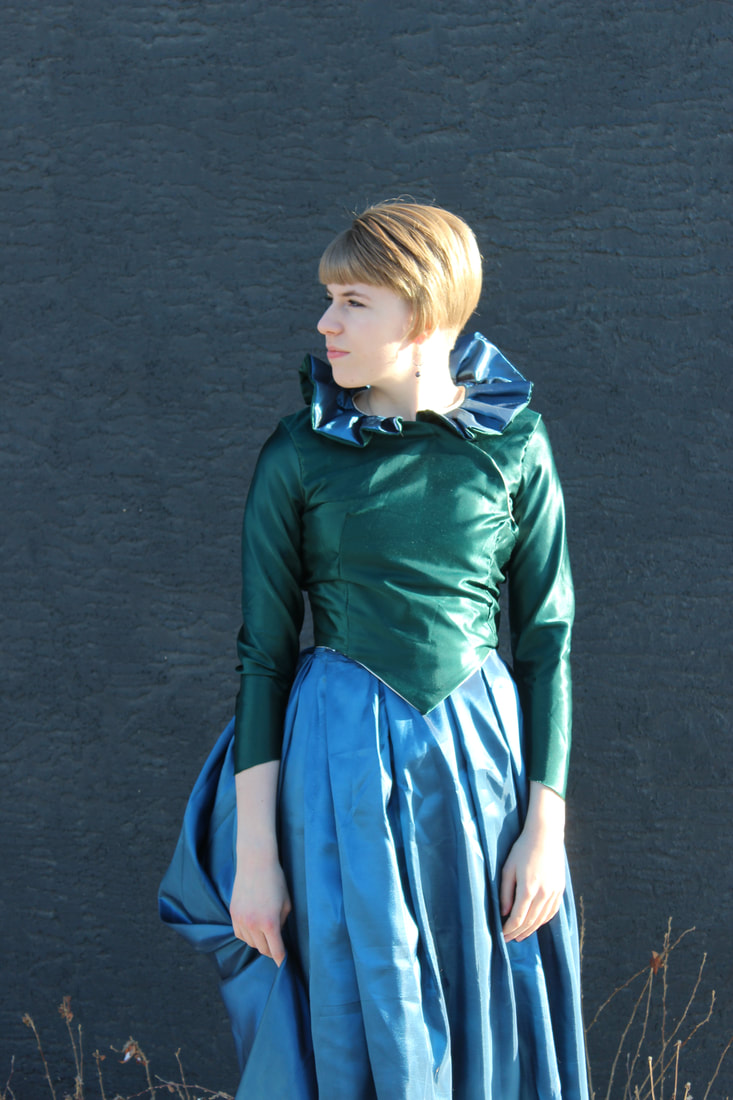
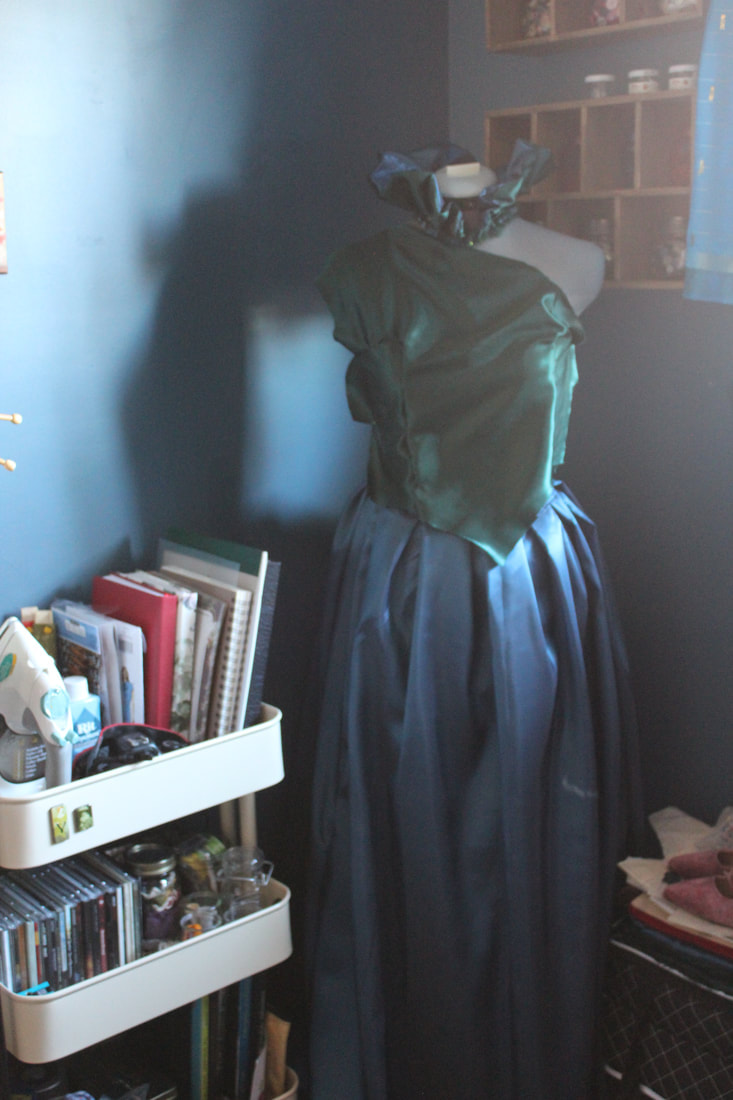
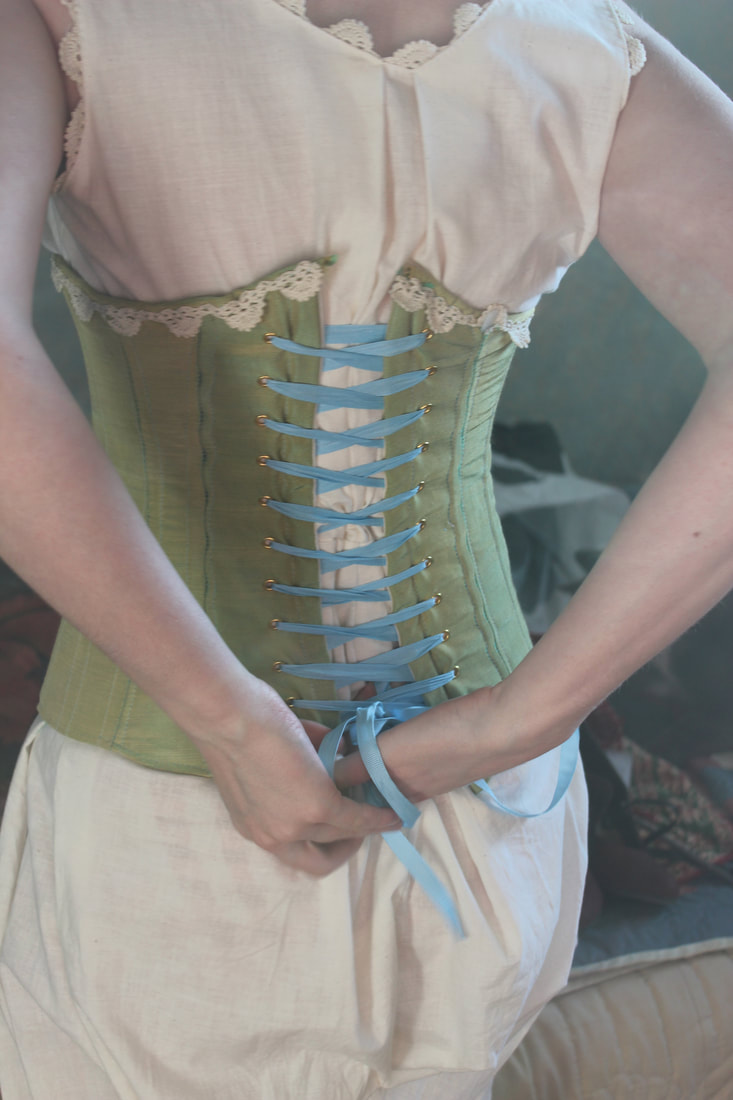
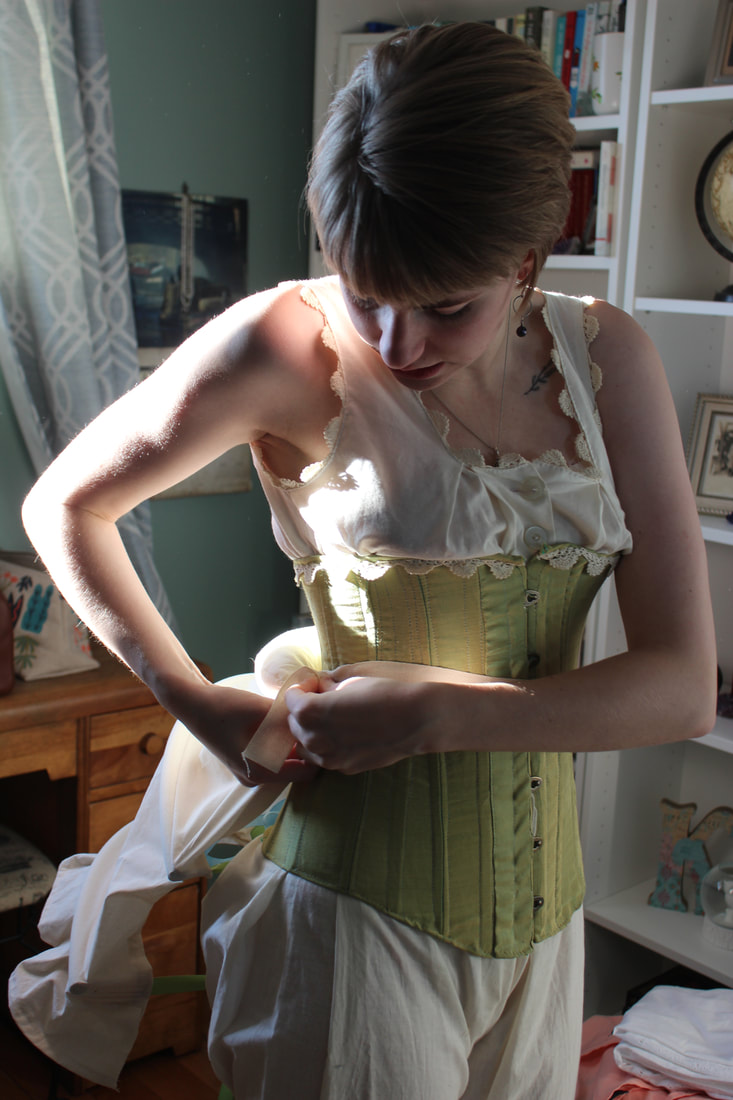
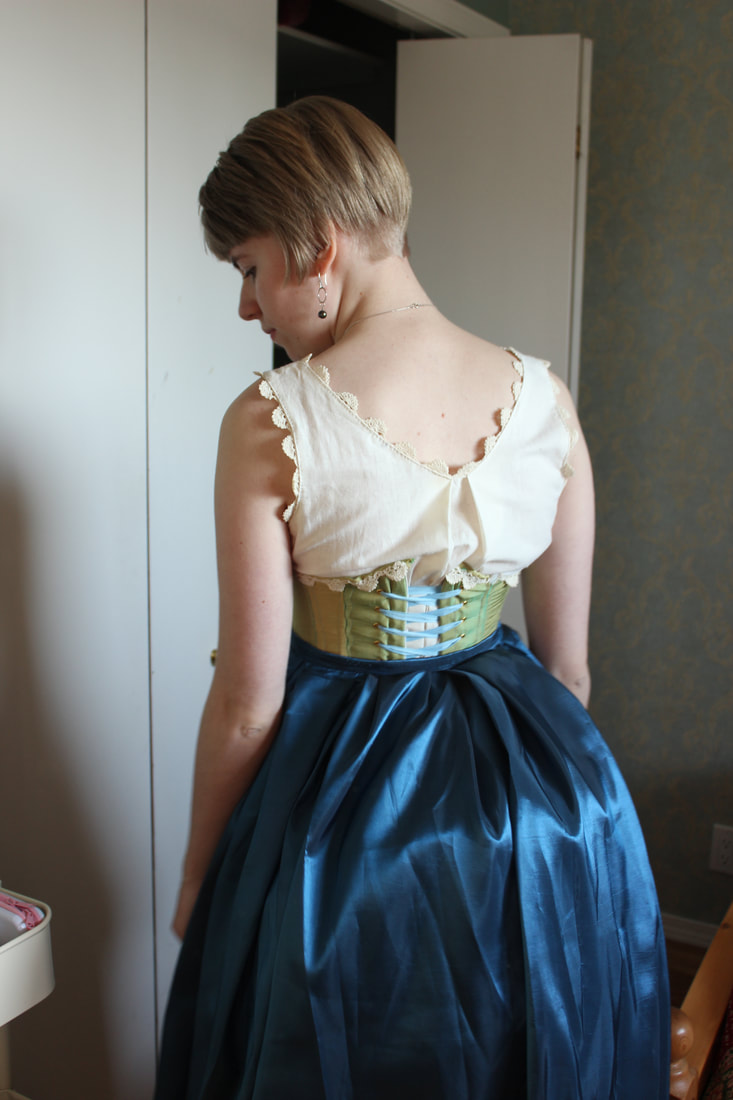
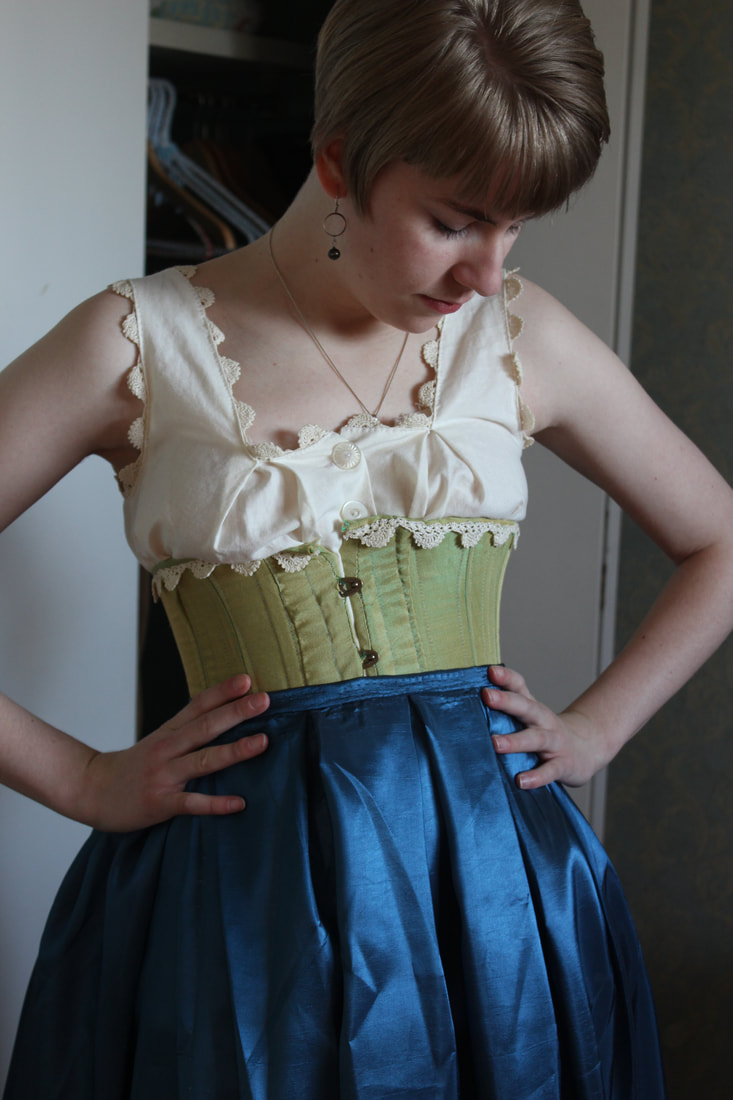
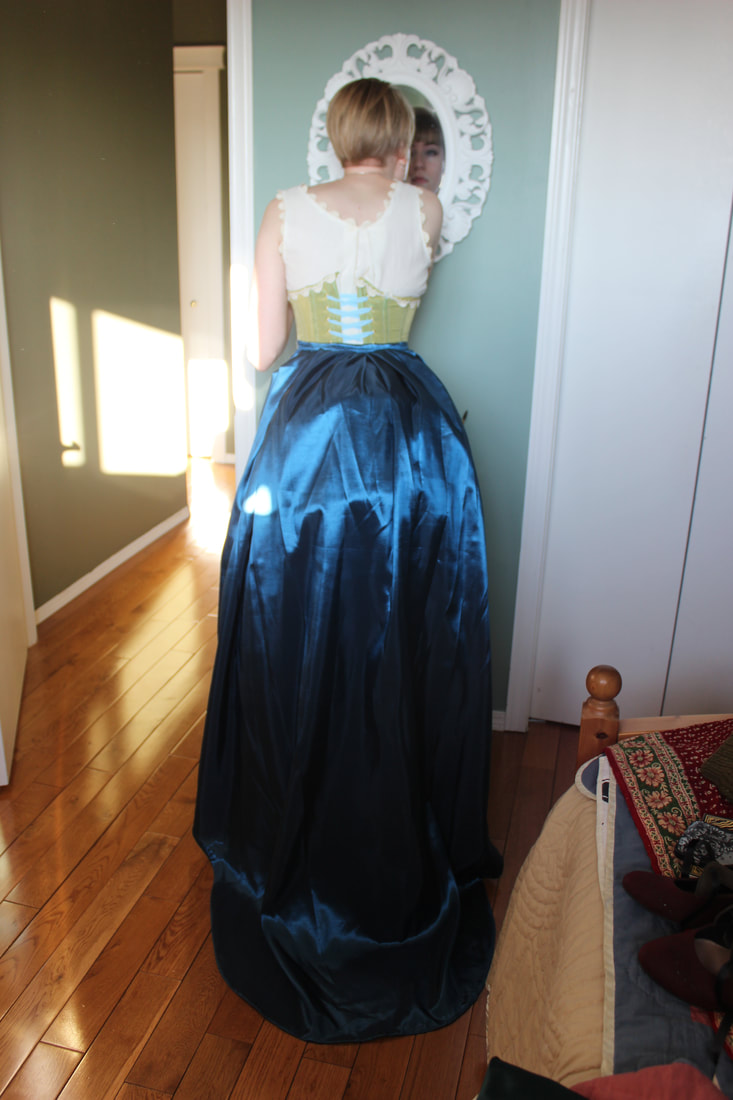

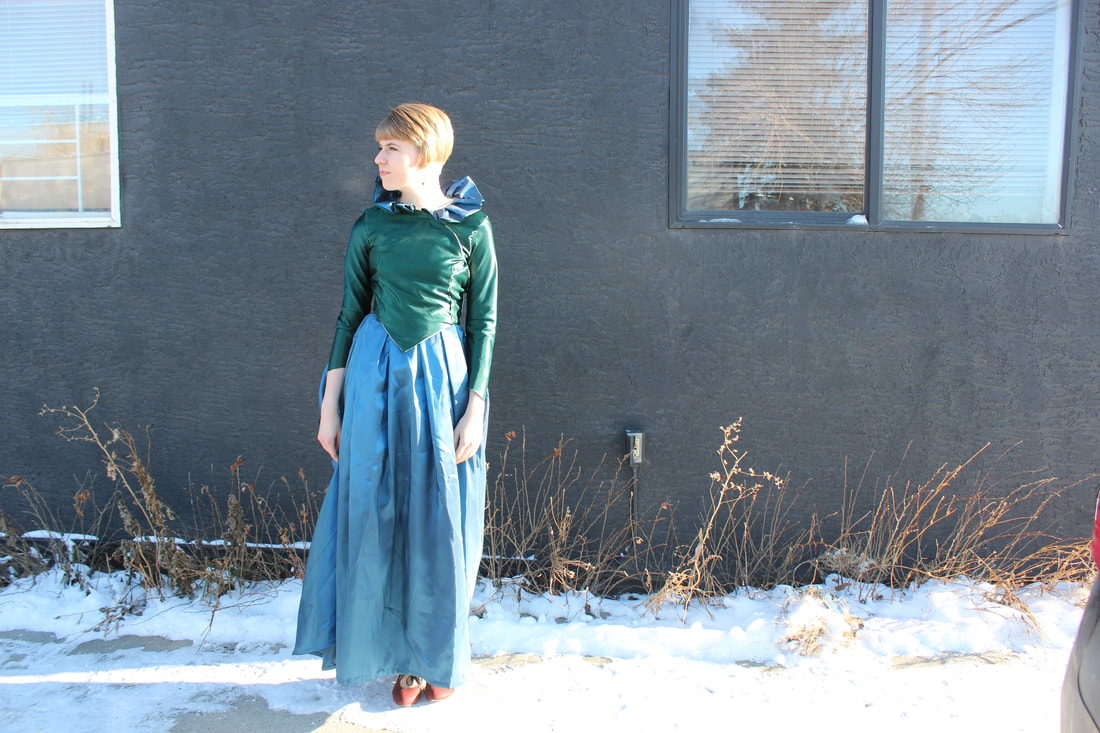
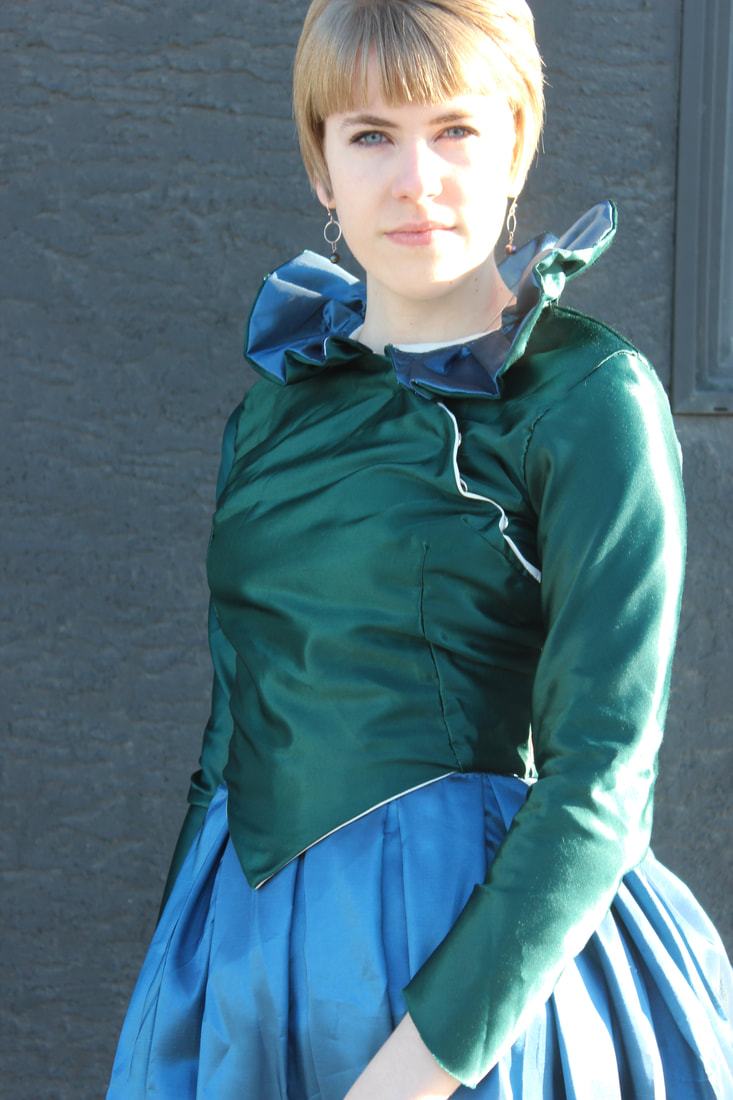
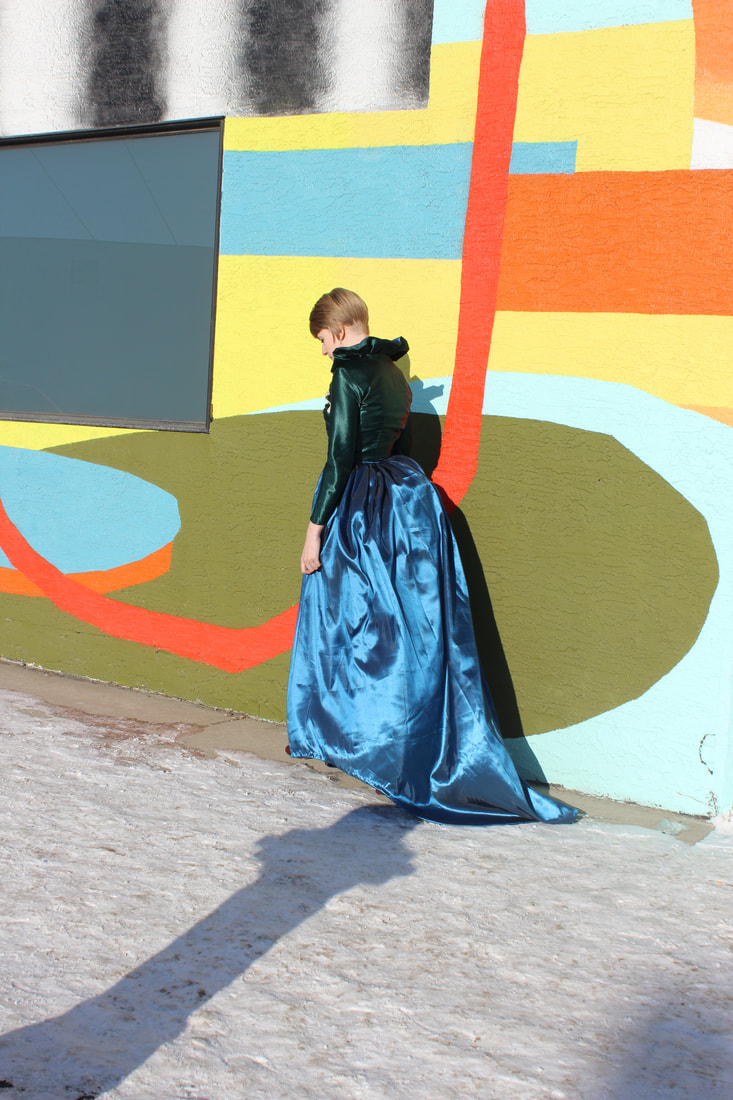
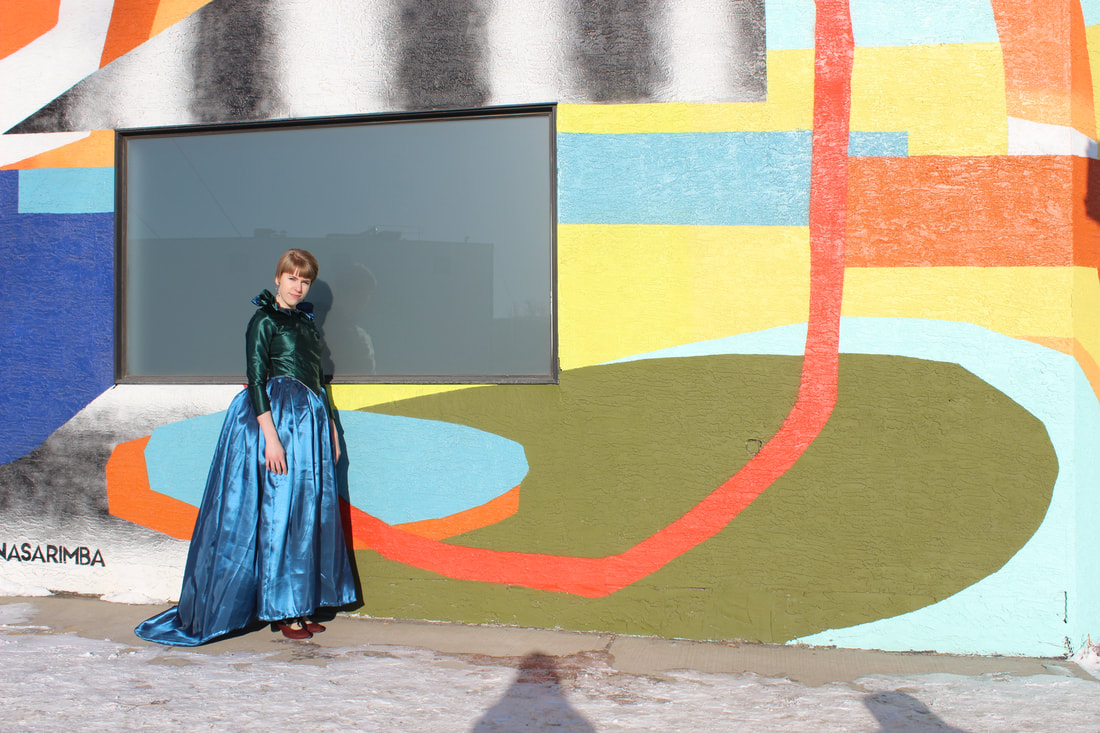
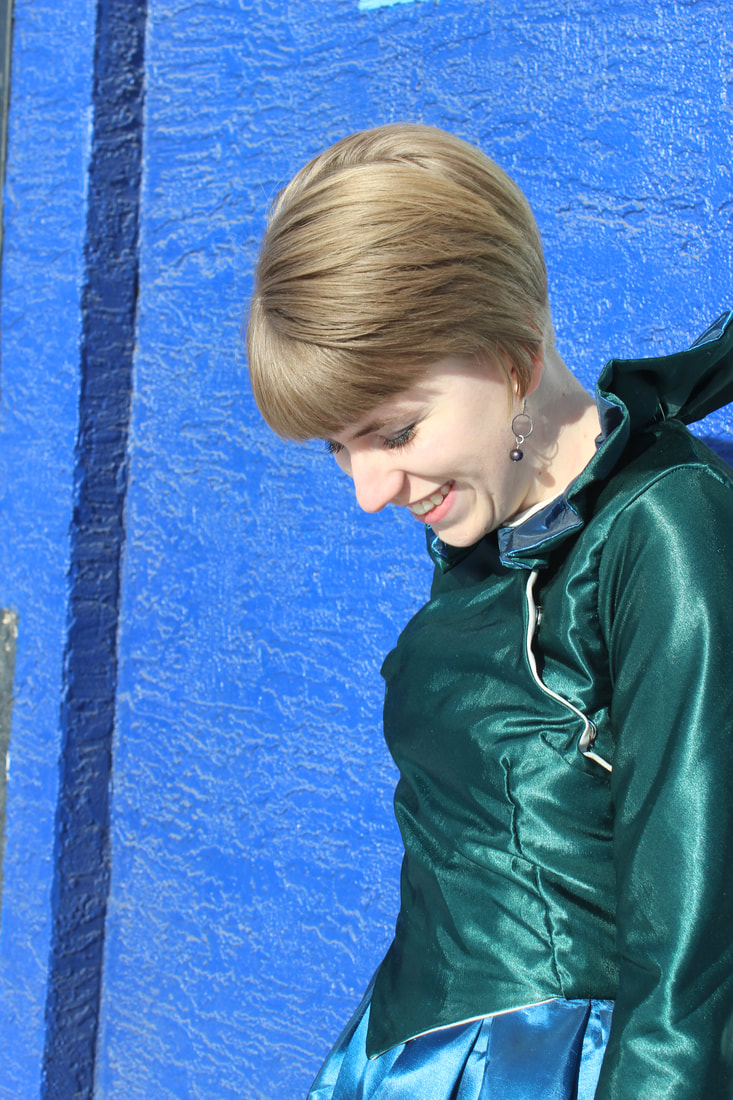
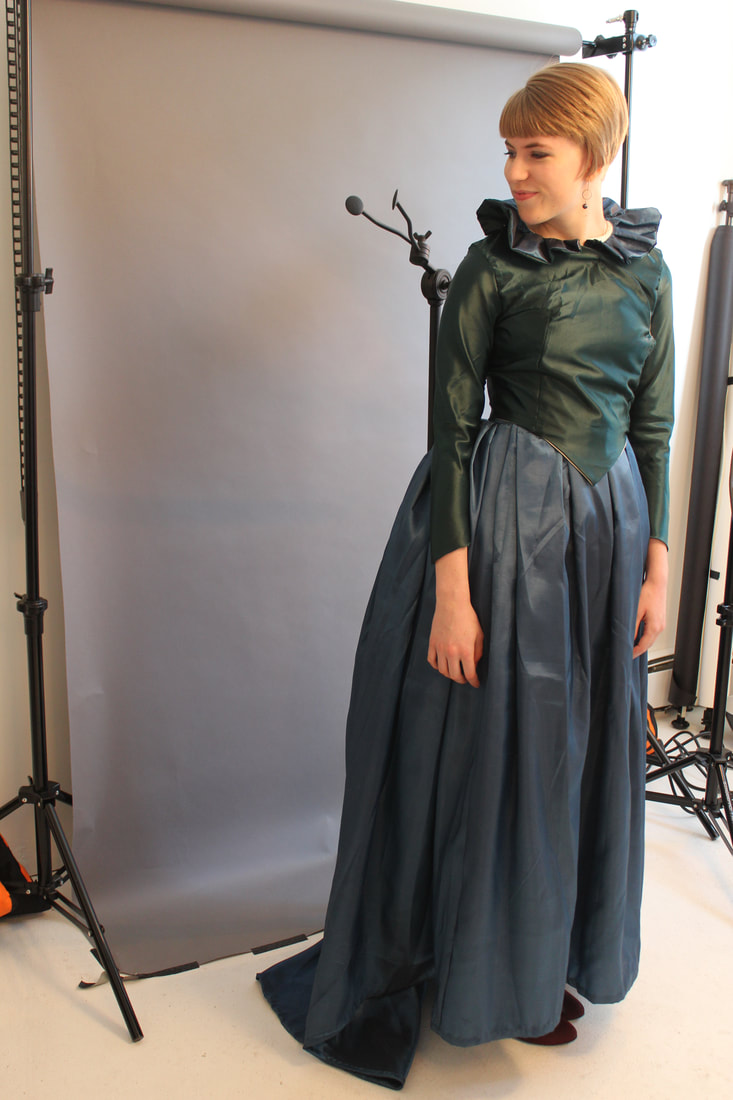
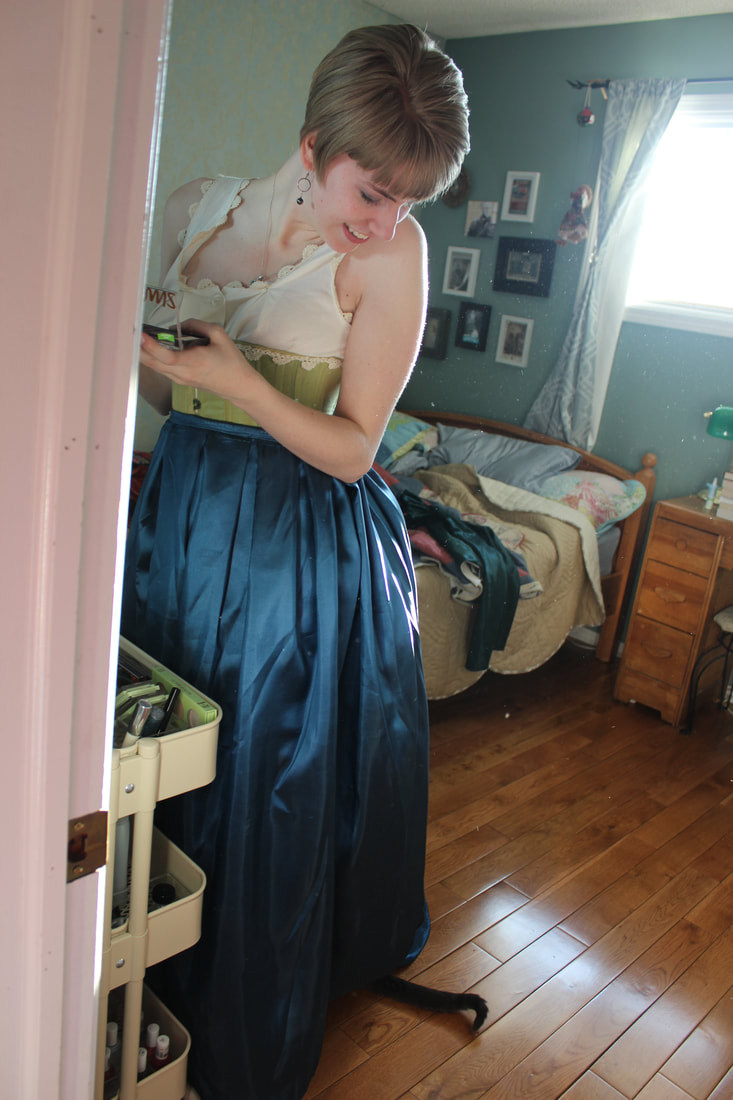
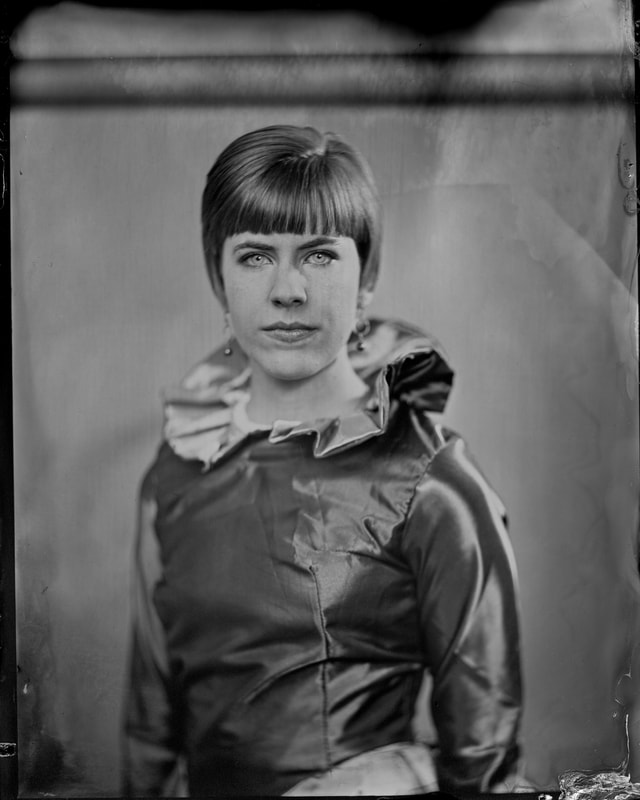
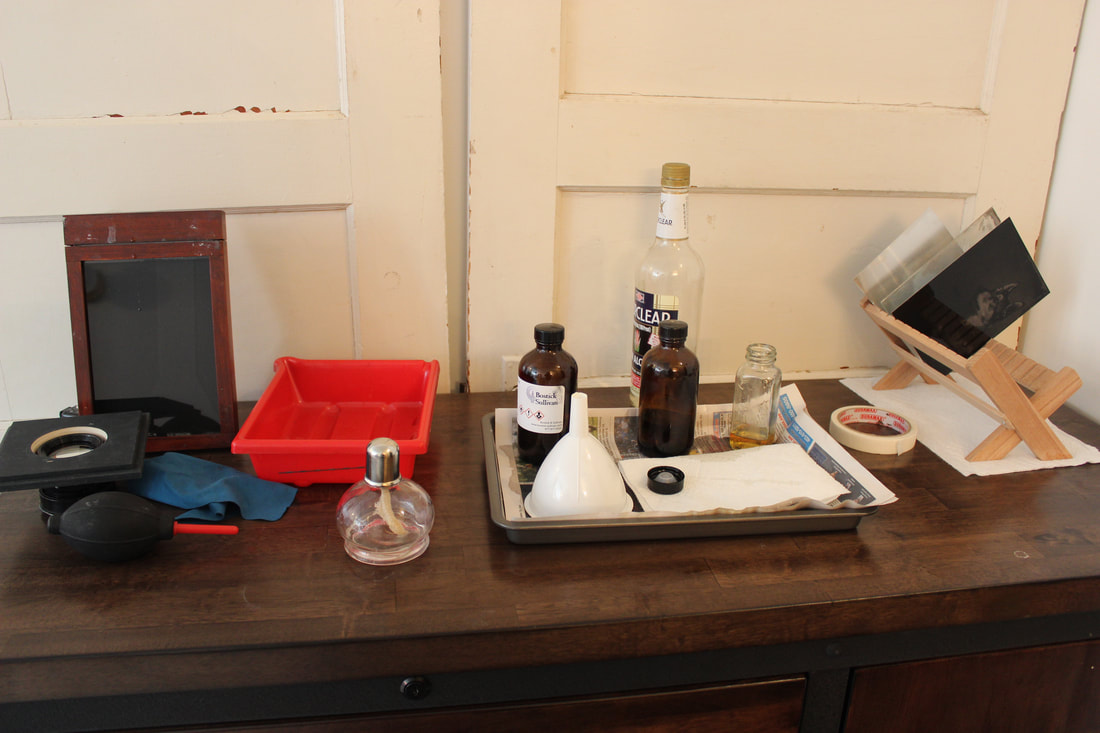
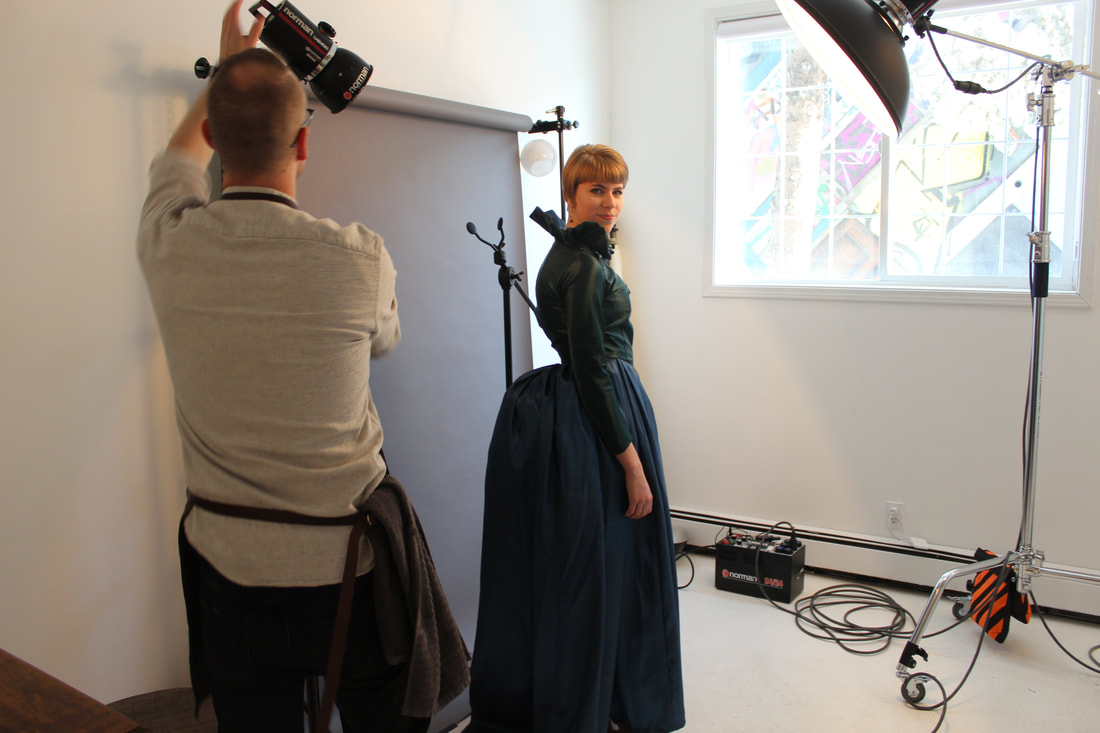
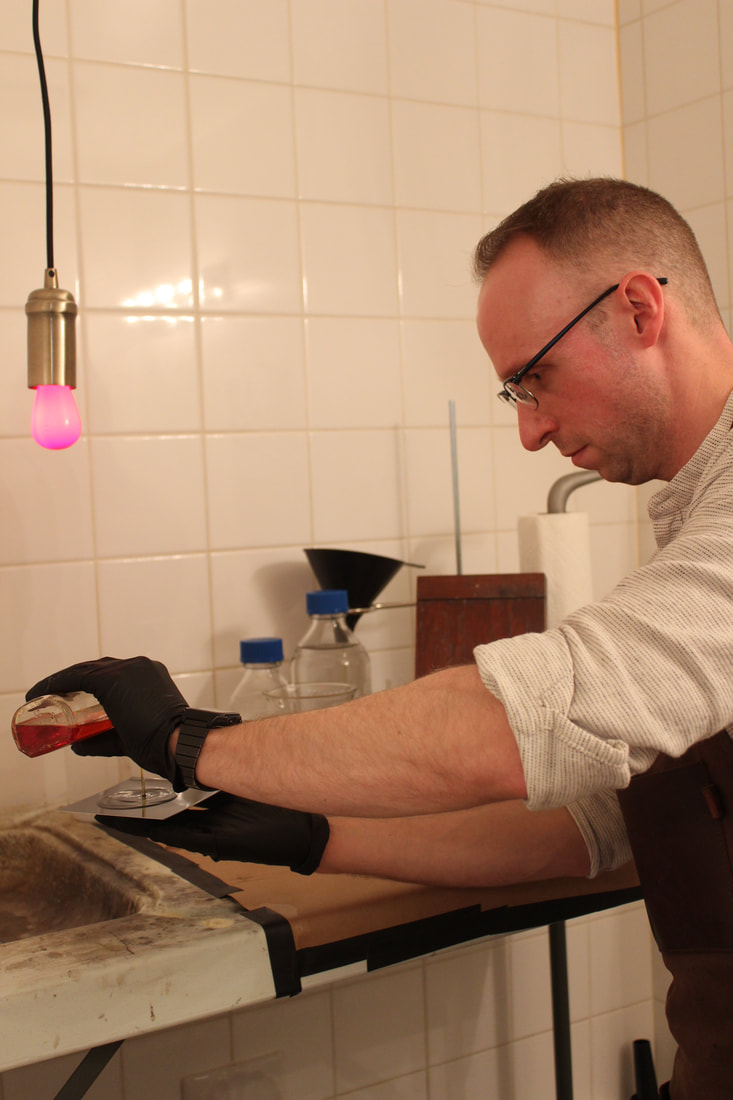
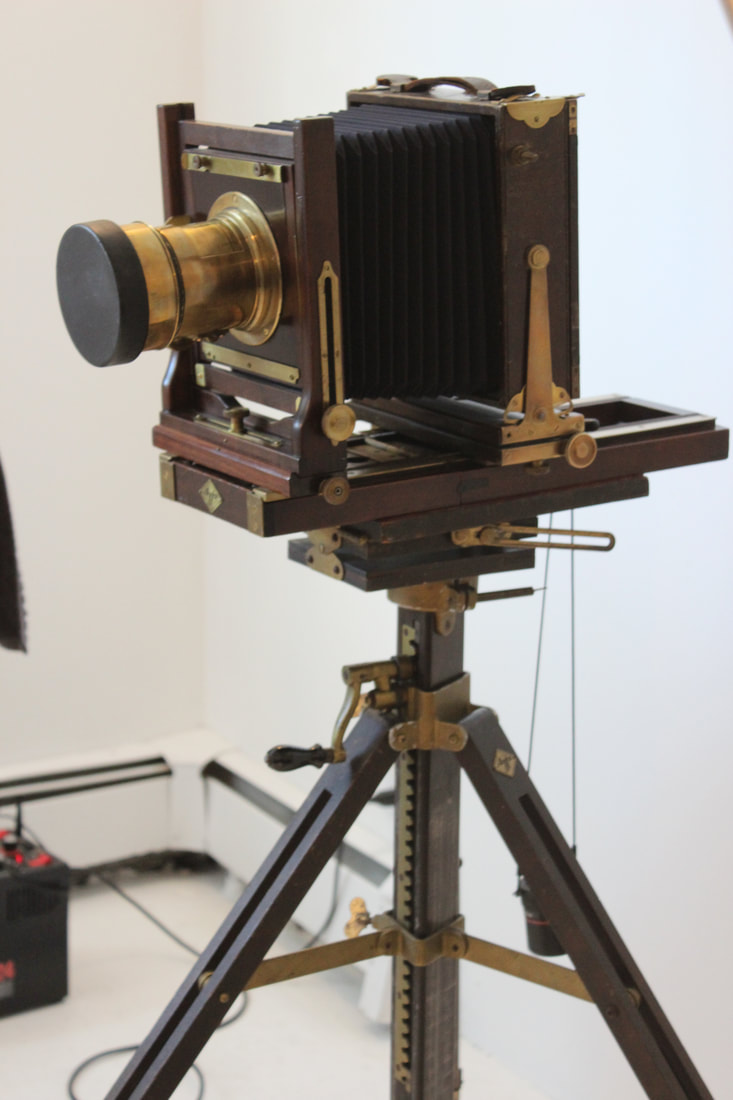
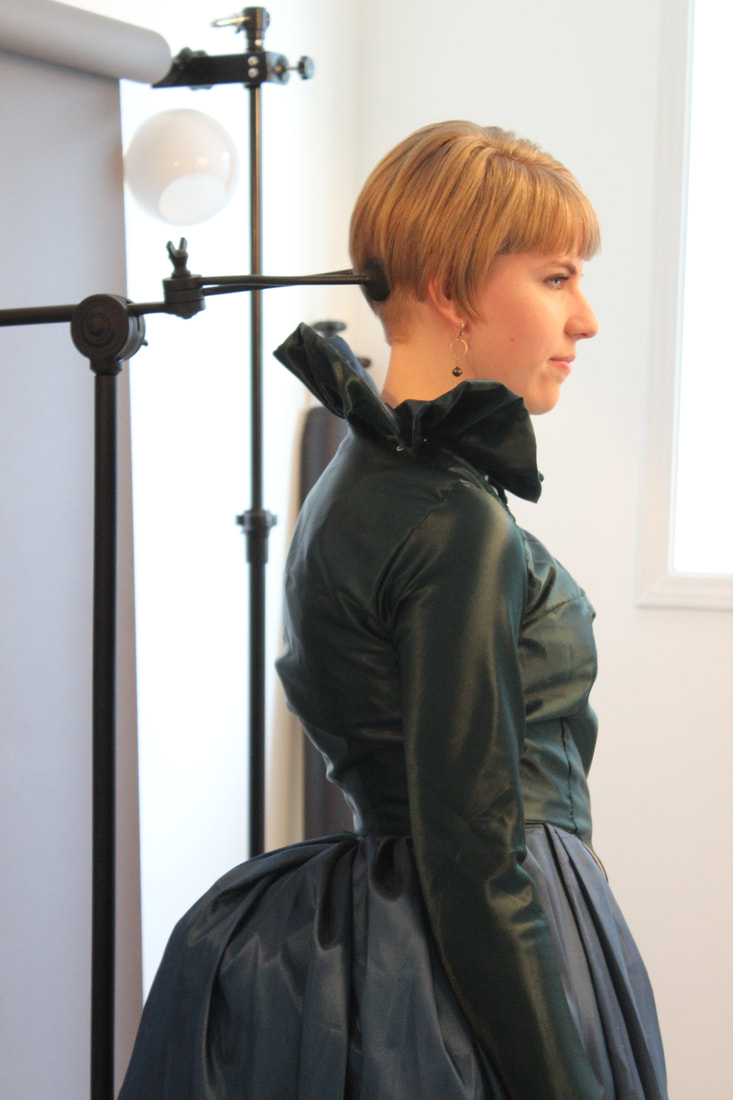
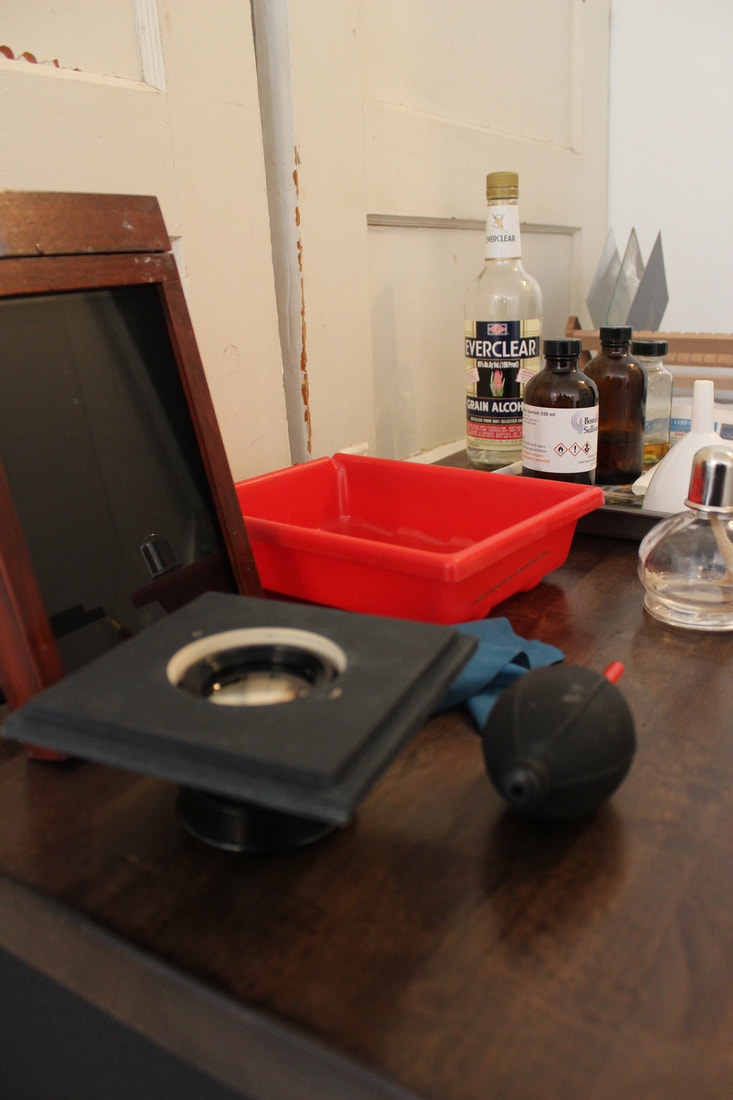
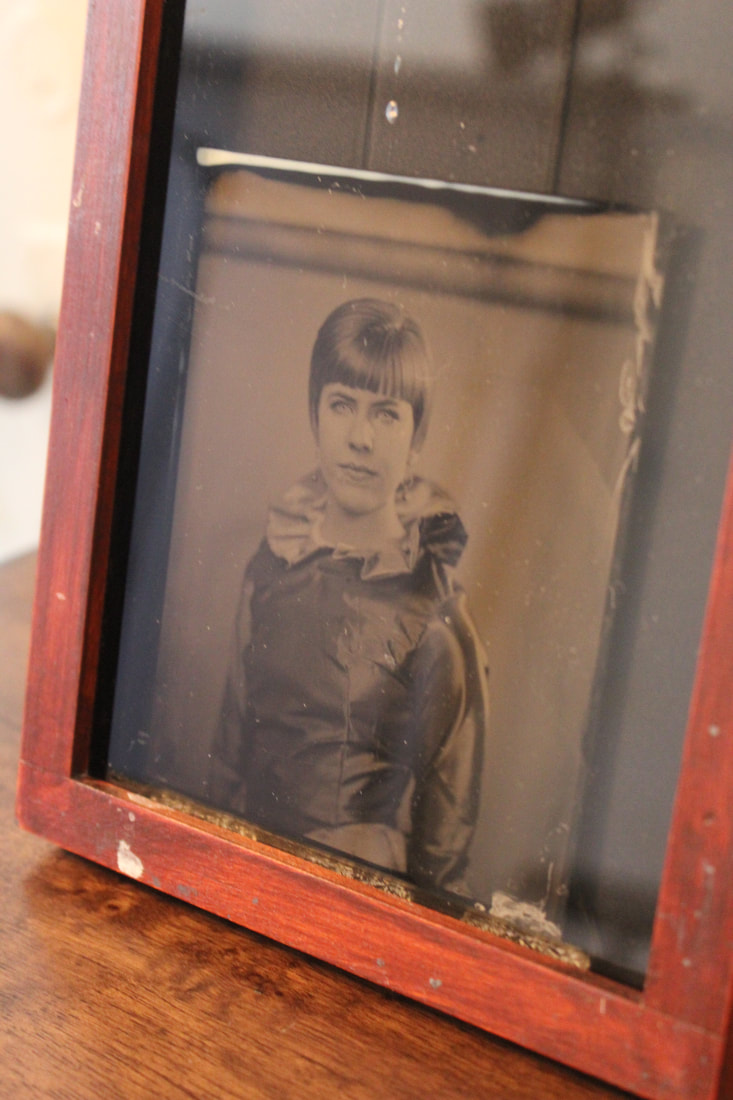
 RSS Feed
RSS Feed
